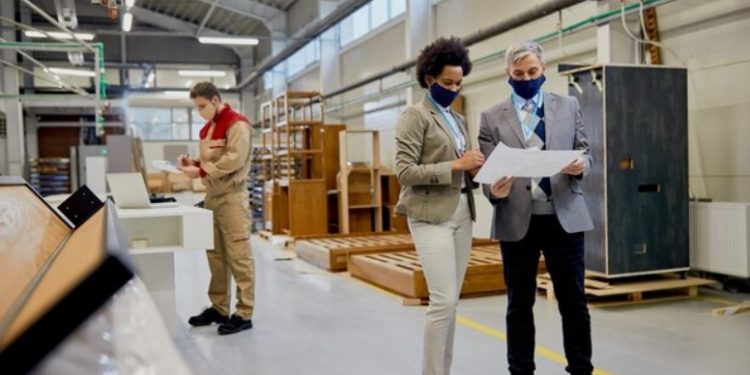The fabrication of detention center products is a highly specialized field, requiring a deep understanding of security needs and material resilience. The process encompasses various stages, from initial design to final implementation, each playing a vital role in ensuring the products, such as detention center doors and detention equipment, meet the rigorous demands of such facilities.
Designing for Durability and Security
At the outset, the design phase is crucial in setting the stage for the rest of the manufacturing process. Products intended for use in detention centers, like detention center doors and various detention equipment, must be built to withstand not only the test of time but also potential security breaches. This phase involves an intricate balance of engineering and aesthetics, ensuring that the products are not only functional and resilient but also align with the specific security protocols of detention facilities.
Material Choice: The Backbone of Quality Products
The selection of materials is pivotal in crafting high-quality detention center products. The materials must not only be robust and durable but also suitable for the unique environment of a detention center. Typically, this involves choosing metals and alloys that are resistant to corrosion, wear, and tampering. The right choice of materials is instrumental in ensuring the longevity and reliability of the final product.
Precision in Manufacturing: A Key to Excellence
The actual manufacturing process employs advanced techniques to ensure precision and quality. This stage is marked by meticulous attention to detail, as even minor discrepancies can significantly impact the product’s efficacy. The use of cutting-edge technology and machinery facilitates the creation of products that meet exacting standards, essential for equipment used in high-security environments.
Rigorous Quality Assurance
Quality assurance is a non-negotiable aspect of manufacturing detention center products. Each item undergoes extensive testing to ensure it meets stringent standards for durability, security, and functionality. This phase is critical in guaranteeing that the products not only comply with industry norms but also offer the reliability and security expected in detention settings.
Customization for Unique Requirements
Understanding that each detention facility has its unique requirements, the manufacturing process often incorporates a level of customization. This can range from specific sizes and designs of detention center doors to customized detention equipment, ensuring that each product precisely fits the intended use and environment.
Integration with Existing Systems
The final aspect of manufacturing detention center products involves ensuring seamless integration with the existing facility infrastructure. This stage requires a detailed understanding of the operational needs and spatial constraints of the facility. The goal is to provide products that enhance security while fitting effortlessly into the facility’s existing framework.
Through this multifaceted process, the industry dedicated to creating detention center products achieves a harmonious balance of strength, security, and functionality. This process underscores the commitment to excellence in an environment where quality and reliability are paramount.















